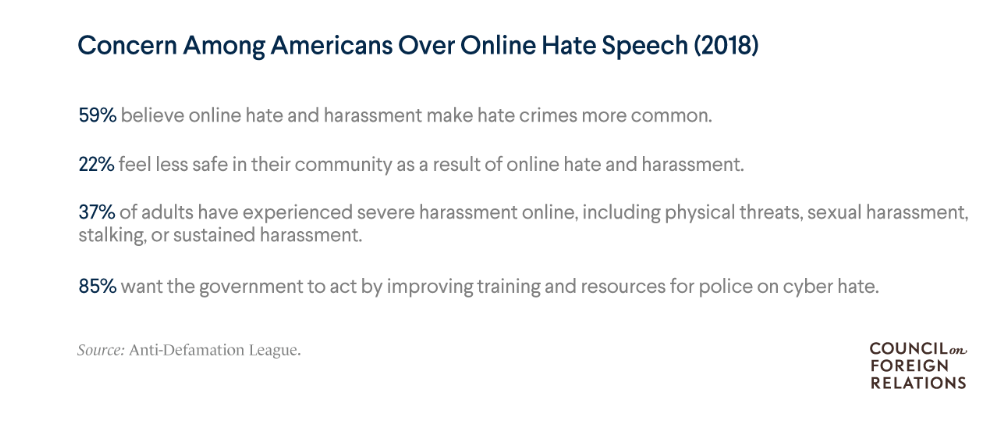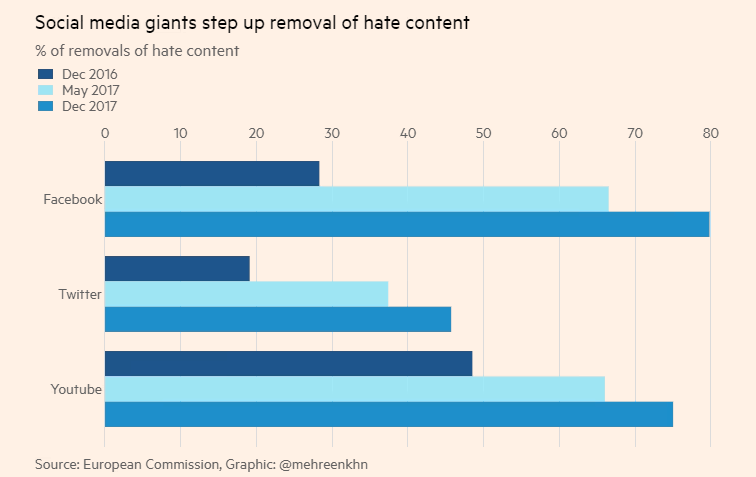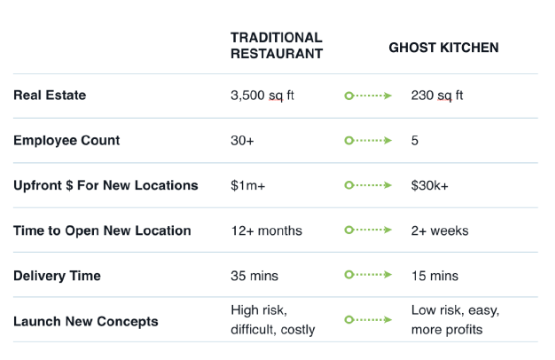Introduction
With the wildfire of the internet consuming every part of the world and covid further fanning online media into everyone’s life, it has become unavoidable to question the validity of information gulped down from the internet. Given how intricately intertwined our social and virtual life has become, we should also question and analyze the effects of social implications of popular apps and their usage at large.
Let’s dive right into the article, where we analyze truth and disinformation in the current world, and its social implications, with a keener view on how it applies to our brainchild- Homefood. In particular, this article discusses how our product Homefood is susceptible to ethical risks related to truth, disinformation, and propaganda, and has social implications on the community; due to possibilities of fraudulent reviews and blogs, misinformation or appropriation in adversarial chef profiles, and ineffective handling of adversaries while maintaining customer care. We also delve into methods of curbing these potential problems through a balanced tradeoff between gauging sentiment while censoring hate speech, regular checking of chef profiles and regulations, and safe stance to customer care and monitoring.
Summary of Ethical Risk Zone with larger context of the issue
What exactly is the source of truth- reporters? Newspapers? Research papers? Who do we trust? Vast scale circulation of propaganda and lies, and widescale manipulation of facts have seriously affected the truth and trust backbone of society.
Misinformation and selective information during a pandemic are not new, but in COVID-19, it is unprecedented. For example, Twitter deleted posts by Venezuela’s President Maduro or Brazil’s President Bolsonaro that promote untested COVID-19 treatments, but often turned a blind eye when similar messages were shared by President Trump. Apart from COVID, instances like Twitter bots spreading political misinformation, rampant medical rumors, misinformation about recent major civil protests, and possible incorporation of these into the metaverse, further signify the need for damage control.
Let us see how this risk is especially relevant in our product domain — Homefood. Homefood is a community-based app that celebrates different cultures and is envisioned to make people feel the warmth of a ‘home away from home’. Our product is aimed to cater to students and home chefs, and others who are looking for a pleasant experience. So it is our duty to enforce a safe space free from violence, fake information, slanders, and disrespect to ethnic communities. Analogous apps containing these forms of communication and expression are breeding grounds for different misinformation, propaganda, and adversaries, so we need to examine the causes and brainstorm possible solutions. We delve deeper into selected major concerns in the next sections.
Contention 1: Possibilities of fraudulent reviews and blogs
Reviews, blogs, and hearty conversations are the essence of our app, and we need to ensure respectable discourses in all these mediums. We recommend dishes or chefs to our users under ‘Spotlights’, which are determined by the reviews given by users for different dishes. This might entice abusive users to write fraudulent reviews against other chefs, or manifest in the form of different propaganda blogs from paid reviewers. Or worse, some people might spread cultural or racial violence through such portals.
Most of the other food delivery apps lack this concept of open reviews and blogs. Doordash, GrubHub, UberEats, and others mostly allow reviews on overall orders; most reviews are shown after sanitizing the data and filtering inappropriate words. Shef is one of our main competitors and has a customized chef profile. However, the Shef profiles are chef information rather than dynamic chef overview, and can be easily reported and monitored. Our review and blog system is more challenging because we also need to monitor religious words and ethnic words in larger pieces of text (blogs), fake reviews, and propaganda. Thus, in the community aspect, we compare our dilemmas to other community websites such as Instagram, Facebook marketplaces, and Reddit blogs.
There are many adverse effects of false micro-advertising and mass propaganda on different social apps over the years, such as microtargeting in recent US politics, spread of fake news by gaming algorithms, TikTok being a major perpetrator of election misinformation, repercussions of at-home COVID cures, Instagram anti-mask campaigns, Shef being accused of deleting user reviews, etc. Needless to say, we need to carefully monitor the reviews and blogs to withhold our value proposition.
Facebook’s approach is centered on AI and automated algorithms that parse all forms of media and detect sources of fake news, hate speech, obscenity, and other inadmissible forms of content. Reddit’s take is focused less on sweeping rules and more on case-by-case evaluations. However, a study published last year on the banning of r/fatpeoplehate and r/coontown, titled “You Can’t Stay Here: The Efficacy of Reddit’s 2015 Ban,” showed clear positive effects of banning hateful communities.
The following figure shows relevance of hate speech and cultural slurs on social websites. Most of the users have faced at least some form of online violence or attack, and support the improvement of safety measures on social media.

The graph below shows how likely most of the different races are influenced by these posts. Almost all people belonging to different races or ethnicities are prone to information conveyed in social media.

Different social media have recognized this challenge, as shown in the graph below. This has reduced the number of manual flagging of hateful content by new methods of automatically banning abusive posts. We should also incorporate such promising measures into our product to effectively maintain harmony in various means of communication.

Contention 2: Misinformation or appropriation in adversarial chef profiles
For the safety of our customers and chefs, and to abide by California laws strictly, we need to monitor our chef profiles. Not doing so causes various problems of appropriation or propaganda, and different adversarial users imitating fake personas.
There are different cases of ‘ghost restaurants’ in Doordash and UberEats. Such restaurants appeal like local restaurants on the app, but are actually operated by larger chains: Noveshen, the founder of Starbird Chicken, says. “[With] five brands on an Uber Eats or a DoorDash, we can target a consumer who’s looking for a more specialized product”. On the other hand, there are cases where restaurants or chefs did not know their dishes were being sold on apps. In fact, In-n-Out burgers sued Doordash as DoorDash illegally used In-N-Out’s logo on its website and advertising. Such practices violate the expectation of authenticity in our restaurants and contradict our value proposition. The figure below compares the costs and returns of a traditional restaurant versus a ghost kitchen. It is obvious from the data that ghost kitchens provide more returns on investment at lower risk, and hence, a large portion of delivery websites are controlled by ghost websites.

DoorDash, GrubHub, and Uber Eats dodge questions about verification process of such restaurant listings, and whether they have any specific protections to keep one restaurant from stealing another restaurant’s name. Doordash spokesperson provided a generic response to this issue.
Another issue that is especially prominent in community-based apps is cultural appropriation, in which cultural experiences or traditions from minority communities are co-opted into mainstream use without proper accreditation or acknowledgment. Some recent examples include the clean girl aesthetic on Instagram, Taco Bell scandal, etc. A YPulse survey data shows that 64% of young people agree that cultural appropriation is a problem in the U.S., and recognizing the cultural roots of trends is vital for brands. In Food and Wine magazine, Reina Gascon-Lopez writes that many viral food dishes and the blogged recipes behind them ignore the cultural significance of the dishes.
Looking at the relevance of this issue in different apps and services, we need to actively monitor the chef profiles and guide our users in creating more inclusive and legitimate profiles.
Contention 3: Handling of adversaries while maintaining customer care
The last contention in this essay refers to transparency and truth, from the side of our app to all our users (including foodies, chefs, and delivery personnel), and vice versa.
Different scandals and reports have tainted the image of food delivery apps in recent years. There have been controversies related to the mishandling of restaurants by Doordash through forced restaurant orders and higher profit margin cuts. Delivery apps have admitted to overcharging delivery fees and violating city laws. DoorDash paid $2.5 million to settle a lawsuit filed in 2019 that accused the company of using a “deceptive” tipping model. According to Wall Street Journal, only about 16 percent of the retailers on Postmates had a formal partnership with the company. A California law prompted the removal of tens of thousands of restaurants from food delivery apps like Uber Eats, DoorDash, Postmates, and Caviar, and now requires apps to offer delivery only from restaurants with which they have a direct partnership and pull listings from restaurants with which they do not have a current contract.
On the other hand, there are cases of misuse of different app terms and conditions by customers. Different Reddit threads share that they requested a refund under pretense of a missing item or unsatisfactory order, and received refunds from different food delivery apps, up to 18 times in a row. The lenient policy has even gone viral on TikTok, with a posted video showing a person receiving Sonic Drive-In meal from DoorDash after getting a refund.
The effects of such activities vary depending on the stature of the restaurant or service. In some cases, restaurants have reported being hurt or even shutting down due to fraudulent refund requests, according to FOX 5. So we need to ensure transparency, inclusivity, and fairness in our policies while scaling our service. We also need to carefully regulate our customer service, so that we can accept our flaws and grow from our genuine shortcomings. At the same time, we need to recognize and stop fraudulent actors from exploiting our service.
Conclusion
It is unfortunate that misinformation is so pervasive in current life that it has been listed by WEF Future Focus 2025 as one of the major threats to human society. In ‘The spreading of information online’, Vicario et al. state current social platforms aggregate users in communities of interest, which causes reinforcements and fosters confirmation bias, segregation, and polarization.
In our product, these issues might manifest in the form of impostrous reviews and blogs, adversarial home chef profiles, or abusive users of our service. Navigating this landscape is challenging or even impossible, according to Jack Dorsey, CEO of Twitter. However, there are certain steps that will surely reinforce the value proposition of Homefood and maintain a safer community:
- Gauging sentiment while censoring hate speech: Rather than calculating average ratings in terms of x out of 5 stars, we can adopt a weighted average (consisting of x out of 5 stars ratings, and sentiment analysis of the review statement). This would take into account the major essence of reviews/blogs for people who might not have time to read through reviews, resulting in a more holistic recommendation system. We can filter content based on the presence of disrespectful terms (consisting of slang, culturally uninclusive, or racist) and provide an option to flag questionable posts in the app.
- Regular checking of chef profiles and regulations: We will have a thorough examination of chefs on sign-ups, and undergo testing of kitchens as per local laws. Since users can reach out to chefs while ordering, it will limit faking of personas by chefs. Reports or flagging of chefs by users should be prioritized to ensure urgent clarification of issue in interests of customer health and welfare. Monthly check-ins with chefs, and their kitchens can also be beneficial. Written agreements should be undertaken by the chefs about the authenticity of the information available on websites.
- Safe stance to customer care and monitoring: We can limit the maximum number of refunds per account (such as 1 refund per 4 orders, such that the refunded amount does not exceed a quarter of ordered amount). We can also offer to save cards for future orders, and link the card number to violated accounts. Authorizing through mobile numbers, and sanity-checking mobile numbers can also limit the number of possible fake refunds.
